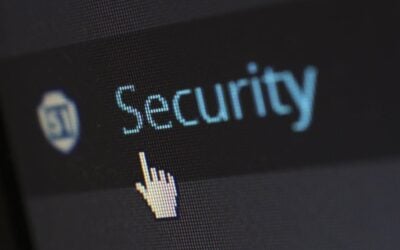Ransomware has emerged as one of the most dangerous threats to personal and business data. It’s a type of malicious software designed to encrypt your valuable files, holding them hostage until you pay a hefty ransom to the attackers. The impact of these attacks can be devastating, especially for those without adequate cybersecurity measures or reliable backups in place. While it’s understandable to feel panicked during such an event, paying the ransom is not the best solution. Let’s break down why.
How Ransomware Works
Hackers use ransomware to exploit vulnerabilities in your systems or deceive you through phishing schemes. Once they infiltrate your network, they target sensitive files—such as personal data, financial records, or business-critical information—and encrypt them. This encryption locks you out of your files, making them unreadable without a unique decryption key.
To regain access, attackers demand a ransom, often paid in cryptocurrency. However, even if you pay, there’s no guarantee you’ll get your data back. Worse, hackers may demand additional payments, threatening to sell or leak your sensitive information on the dark web (a tactic known as double extortion). Without a reliable data backup, victims may feel forced to comply with these demands, especially when ransom amounts average millions of dollars per attack.
Why Paying the Ransom Is Risky
Paying ransomware attackers may seem like the quickest way to resolve the issue, but it often backfires. Here’s why:
-
No Guarantees: Even after paying, studies show that 92% of victims fail to fully recover their encrypted data. Hackers may not provide a working decryption key or could demand even more money.
-
Encourages Criminal Activity: Each ransom payment fuels the ransomware industry, motivating attackers to continue targeting businesses and individuals. Paying up doesn’t stop the cycle—it perpetuates it.
-
You Could Still Be Exposed: Even if you recover your files, attackers might retain copies of your data. They could leak or sell this information, leading to further financial or reputational damage.
The good news is that many organizations are resisting the pressure to pay. In fact, over 70% of ransomware victims now refuse to pay, signaling a growing awareness that compliance only leads to more problems.
The Alarming Growth of Ransomware Attacks
The frequency of ransomware attacks is staggering. Experts estimate that 1.7 million attacks occur daily, targeting everyone from individuals to large corporations. What’s more alarming is how accessible ransomware has become. On the dark web, even novice hackers can purchase malware kits and launch attacks with minimal effort.
This widespread availability makes ransomware a universal threat. However, it also highlights the importance of proactive measures to protect against these attacks.
How to Protect Yourself
The best defense against ransomware is prevention. Here are practical steps you can take to protect your data and reduce your risk:
-
Regular Backups: Back up your files frequently and store them in secure, offline locations. Cloud backups with strong encryption are also a great option.
-
Invest in Cybersecurity: Use antivirus software, firewalls, and endpoint protection solutions to detect and block ransomware before it infects your systems.
-
Educate Your Team: Train employees to recognize phishing emails and other social engineering tactics that hackers commonly use to distribute ransomware.
-
Keep Software Updated: Regularly update your operating systems, browsers, and other applications. Patching vulnerabilities is one of the easiest ways to prevent attacks.
-
Implement Multi-Factor Authentication (MFA): Adding an extra layer of security to your accounts can make it harder for attackers to gain access to your systems.
By focusing on prevention and recovery strategies, you can greatly reduce your chances of falling victim to ransomware and avoid paying a ransom.
Final Thoughts
Ransomware attacks are not going away, but we can reduce their impact by taking the right precautions. Paying the ransom may feel like an easy way out, but it often leads to more issues, including incomplete data recovery and continued attacks. Instead, invest in robust cybersecurity measures and maintain reliable backups. These steps are far more effective at protecting your data—and your wallet.
Additional Resources
For further information on ransomware and preventive measures, you may find these resources helpful:




